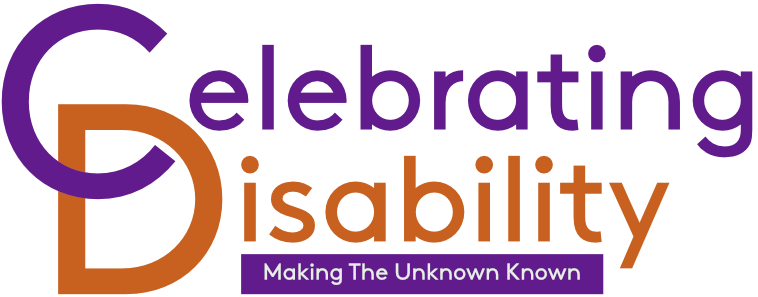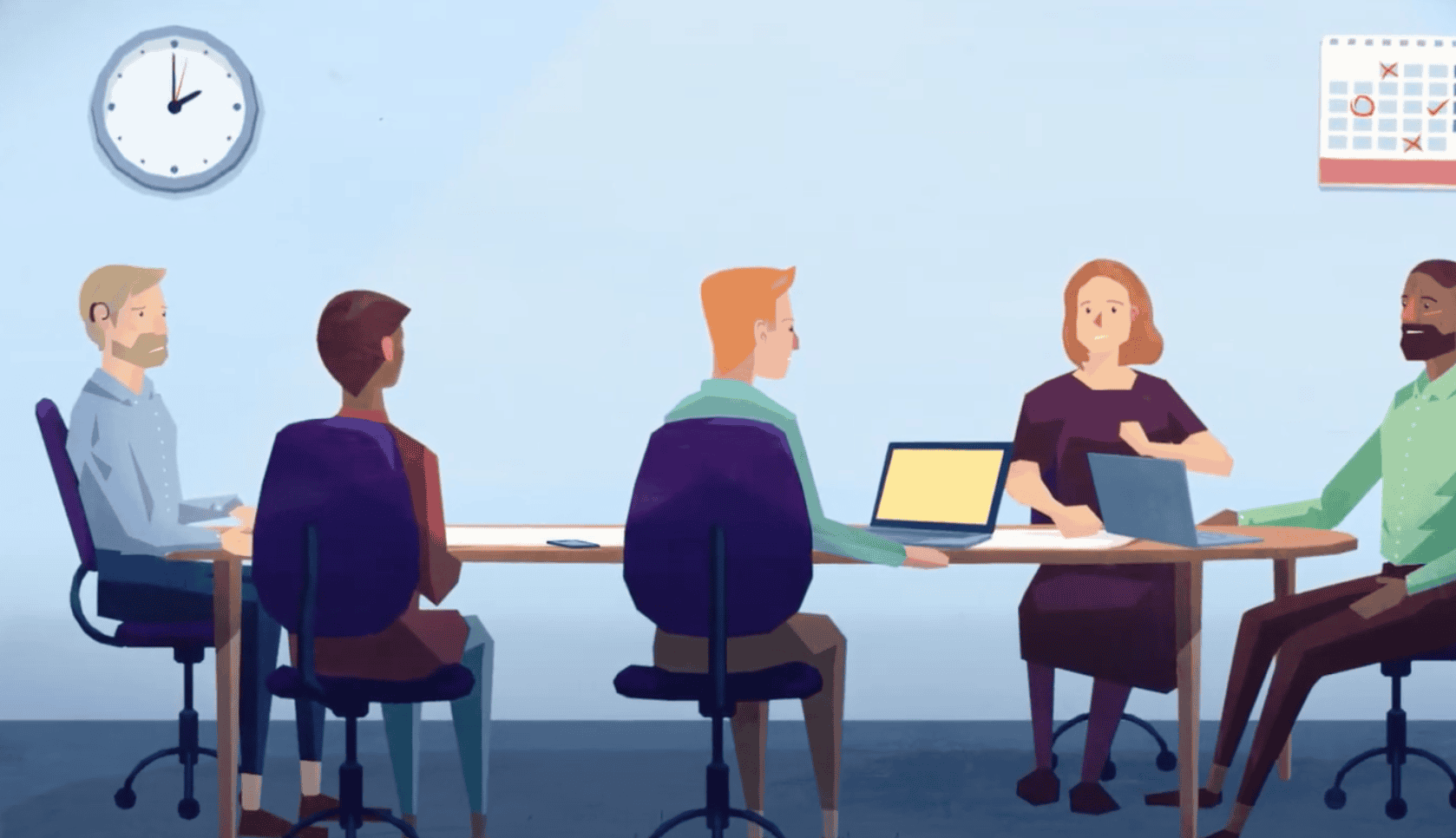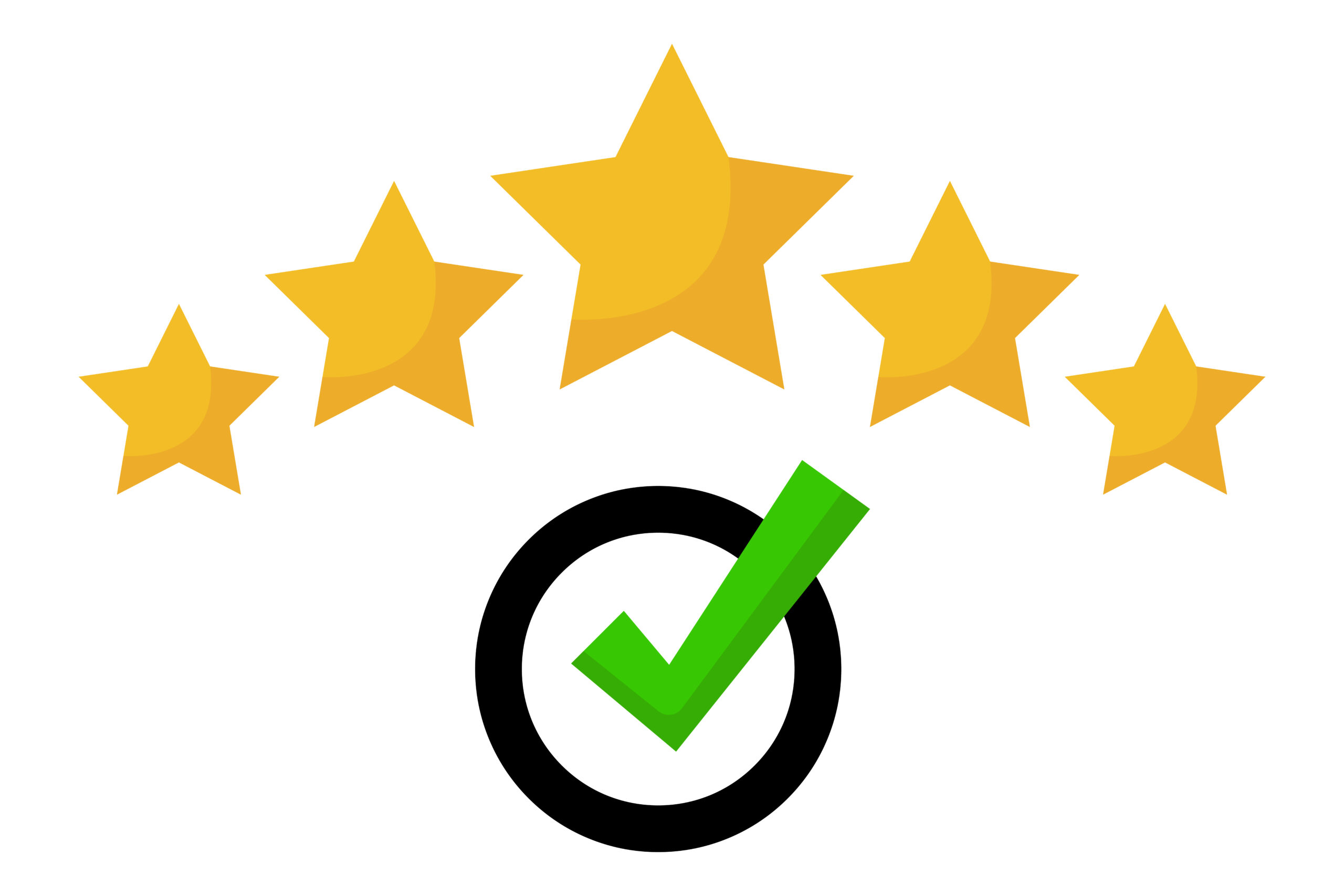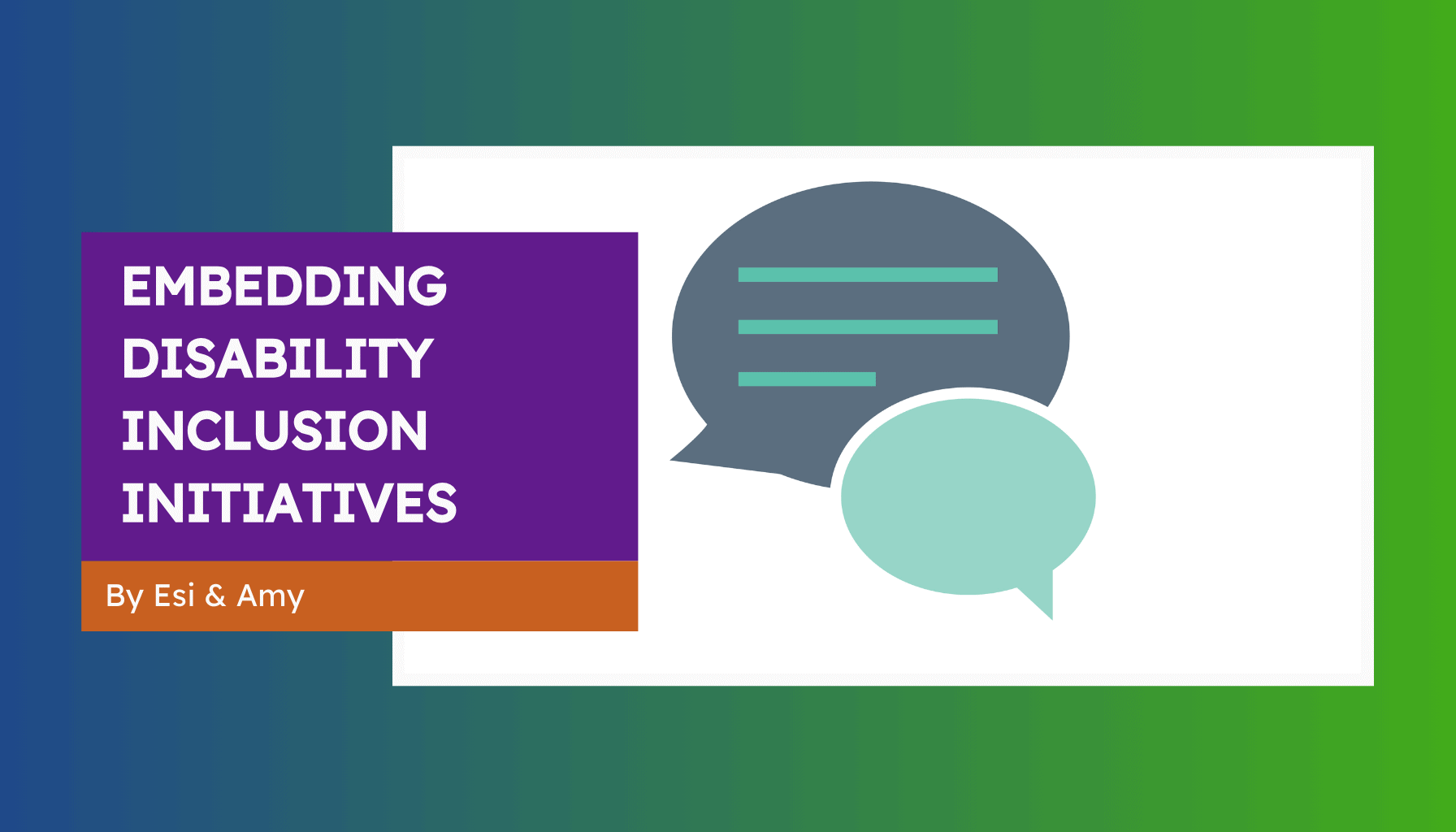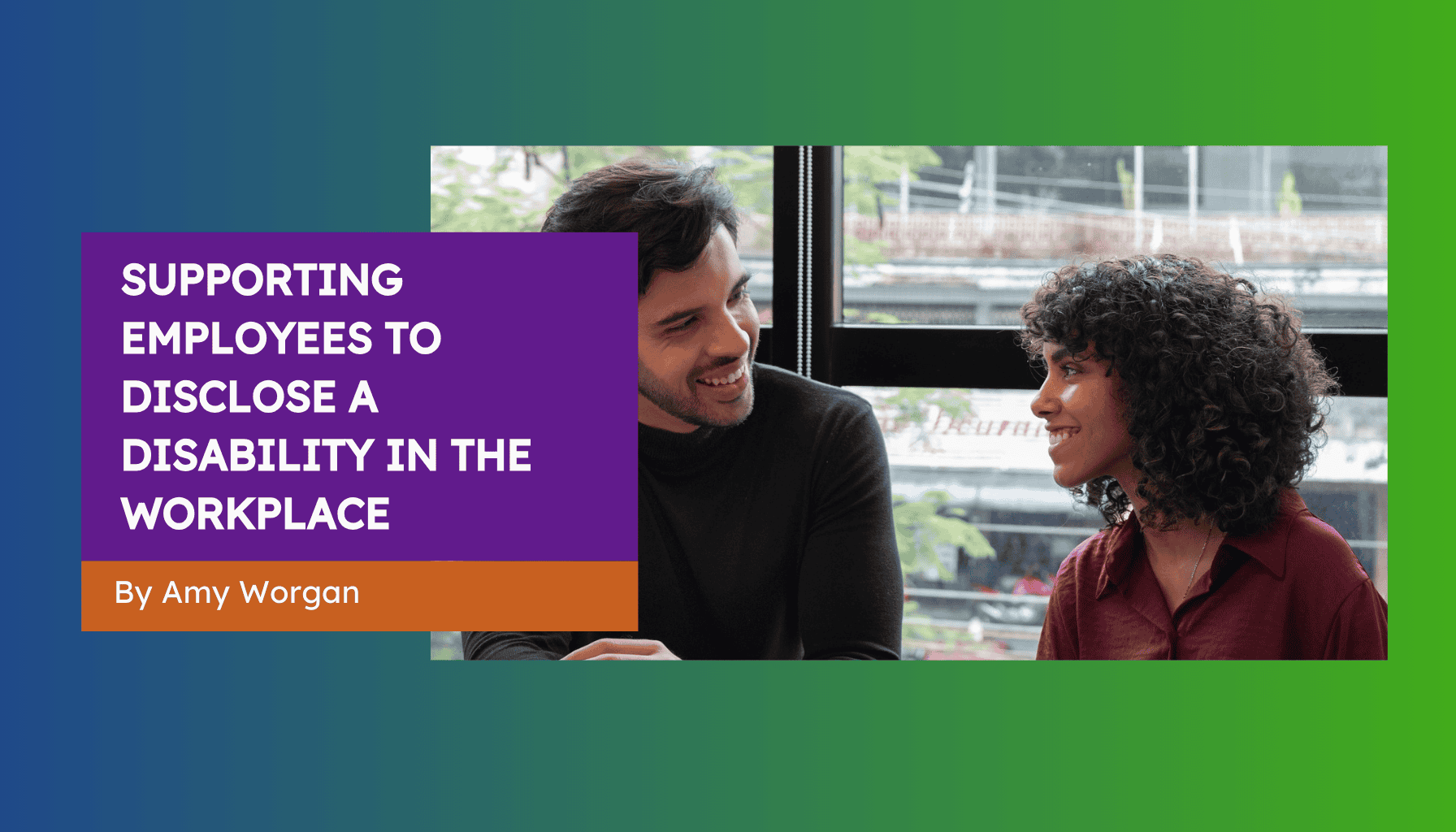Recently I had a conversation as part of a history and storytelling project. It brought me back to what inclusion feels like in daily life. Some things I shared were personal. Others were about how society responds to disabled people. All of them highlighted the same issue. Awareness and adjustments alone do not create belonging. For workplaces, this is where the work truly begins.
Acceptance is not the same as inclusion
People often say their workplace is welcoming to disabled people, but what they usually mean is that they are not openly discriminatory. Acceptance is passive. Inclusion is active. This difference sits at the heart of strong disability inclusion strategies for workplaces.
During the conversation I was struck by how often spaces appear friendly but are still full of barriers. These barriers are not created on purpose. They appear because nobody thought about disabled people before decisions were made. It is the same in many workplaces. A team may get on well. Meetings may feel positive. However, the design of the organisation still assumes non-disabled norms.
This is where understanding the difference between access and inclusion becomes essential. You can watch more about that here in our animated video on the difference between accessibility and inclusion.
Inclusion means anticipating needs before someone arrives. It means designing environments, expectations and behaviours that already work for disabled people. It means applying workplace accessibility beyond compliance, rather than reacting when someone raises a concern.
Awareness cannot remove barriers on its own
Awareness training helps colleagues understand disability, but disabled people still face daily barriers that awareness alone will never remove. This is why workplace accessibility beyond compliance must sit alongside training.
In everyday life, barriers show up in small but significant ways. Accessing services. Travelling. Navigating attitudes. The barriers come from how environments are designed and how people behave, not from disability itself.
Workplaces are no different. A company may offer disability awareness sessions yet still have inaccessible digital systems, unclear procedures, nervous managers or rigid processes. Without structural change, awareness becomes information rather than transformation. To move forward, practical ways to support disabled employees need to be built into the entire organisation.
The emotional load that inclusion should lighten, not increase
One reflection from my conversation was about the amount of thinking that happens before I even start my working day. Planning support. Managing travel. Preparing for attitudes. Navigating fatigue. All of this sits alongside being a professional and a leader.
Disabled colleagues often carry the same emotional load. Re-explaining needs. Working around systems that were never designed with them in mind. Dealing with assumptions and attitudes. This is the invisible emotional effort that sits behind every working day.
Strong disability inclusion strategies for workplaces should reduce this load, not add to it. Inclusion is not only about adjustments. It is about removing the repeated labour disabled people are often expected to carry on their own.
The Equality and Human Rights Commission explains what organisations are legally required to offer as reasonable adjustments. It is important guidance, but it represents the floor, not the ceiling. Inclusion grows when workplaces use this as a starting point rather than the end of the journey.
Physical disability has slipped out of focus
Across the EDI sector there has been a noticeable shift. Mental health and neurodiversity receive growing attention. That awareness is important but it has created an unintended gap. Physical disability, particularly for people who need higher levels of support or mobility aids, often receives far less focus in workplace plans.
This leads to strategies that assume invisible disabilities but overlook physical access. It leads to adjustments that suit some colleagues but do not address the needs of others. It leads to networks and initiatives that unintentionally marginalise physically disabled people.
To move forward, organisations need to include physical disability clearly and confidently within their plans. This is a key part of workplace accessibility beyond compliance and should sit at the centre of any balanced EDI approach.
Everyday inclusion also depends on empathy
I remembered moments during my conversation when a simple act of support could have removed a barrier but someone chose not to help. These moments are not dramatic but they tell you everything about culture. They show whether people notice or whether they wait to be asked.
The same thing happens in workplaces. A colleague hesitates to offer help. Someone ignores a small request. A manager avoids starting a conversation. These individual actions shape culture far more than any policy.
Inclusion grows through tiny moments. A willingness to notice, act and make space for someone without needing permission. That is what workplace accessibility beyond compliance looks like in daily behaviour.
Compliance is the starting line, not the finish line
It is easy to assume that if a workplace complies with the Equality Act, it must be inclusive. Compliance matters. It protects rights. But it does not guarantee belonging. An organisation can meet every legal requirement and still be inaccessible in practice.
Policies can exist without meaningful follow through. Managers can feel unsure about applying adjustments. Systems can remain rigid. Culture can override good intentions. This is why disability inclusion strategies for workplaces must go further than legal standards.
If legislation disappeared tomorrow, would your organisation still be inclusive?
That question helps us understand whether inclusion is cultural or simply contractual.
Resilience should not be a requirement
Disabled people often appear resilient because they have no choice. Over time, constantly pushing against barriers wears people down. In a truly inclusive workplace, resilience is not a requirement for participation. People should not need extraordinary strength simply to access ordinary opportunities.
A thoughtful moment. What this means for everyday practice
As EDI professionals and leaders, there is a real opportunity to shift from awareness to action. These reflections can support that journey.
• Bring physical disability to the centre of your strategies.
• Review processes to identify where disabled staff carry repeated labour.
• Build empathy into daily behaviour and expectations.
• Look at your organisation through a prevention lens, not an adjustment lens.
• Value disabled colleagues as partners in shaping solutions.
• Treat inclusion as culture, not compliance.
• Consider lived experience as evidence.
• Design with disabled people in mind from the beginning.
Inclusion becomes real when disabled people step into a workplace and already feel thought of. Not accommodated after the fact. Not managed as an exception. Thought of from the very start.
That is when awareness begins to transform into belonging.
